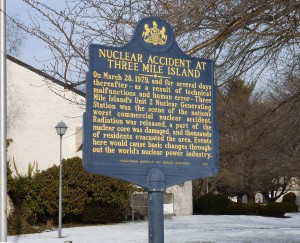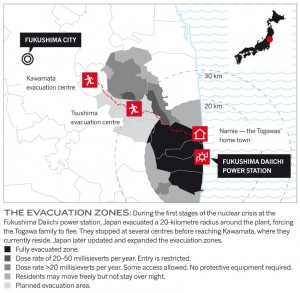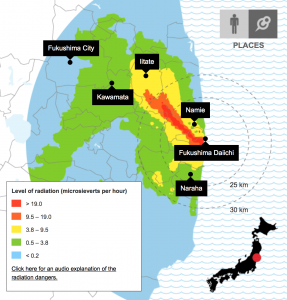Introduction
The President’s Climate Action Plan was released by the United States Executive Office of the President in June 2013. It set forth a vision for the US government to work to prevent climate change not only domestically, but internationally. This blog post will first describe this action plan, and then give examples of three initiatives set forth in the action plan.
The President’s Climate Action Plan
This document is in the form of a 21-page report, and is divided into three sections. The first section is titled, “Cut Carbon Pollution in America,” and describes the President’s plan for domestic efforts to reduce carbon emissions in the US. It sets forth goals with respect to deploying more clean energy, cutting waste in both the home and business sectors, and reducing other greenhouse gas emissions. One initiative put forth in this section is cutting carbon pollution through advanced transportation technologies, and I will describe this initiative in this blog post.
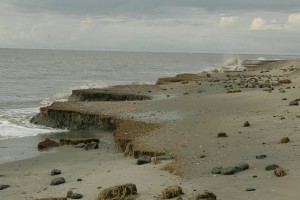
The second section of the report is titled, “Prepare the United States for the Impacts of Climate Change”. This section describes plans to build safer infrastructures and communities, protecting the US economy and natural resources, and referring to science to manage climate impacts. This section describes an initiative focused on preventing droughts, wildfires, and floods, and I will describe this in my blog post.
Finally the third section is titled, “Lead International Efforts to Address Global Climate Change”, and describes international efforts the US is involved in. Initiatives are described that involve joint efforts between countries, and how international negotiation is intended to be used to develop new international joint efforts is covered. One initiative described in this section involves international efforts to prevent deforestation, and I will cover this initiative here.
Cutting Carbon Pollution in America through Advanced Transportation Technologies
Several initiatives under this main initiative were described:
-
Renewable Fuels Standard – This initiative supports investing in research and development to develop new biofuels and bring them online. Biofuels are energy made of biomass; the two most comment types of biofuels are ethanol and biodiesel.
- Department of Energy’s eGallon program – This program informs drivers about electric car operating costs in their state. The national average for operating costs for electric cars is only $1.14 per gallon of gasoline equivalent.
-
United States Navy and Departments of Energy and Agriculture – These agencies are collaborating on an initiative to work with the private sector to accelerate the development and use of advanced biofuels in military and commercial sectors.
Preparing the United States for Climate Change: Droughts, Wildfires, and Floods
The President’s Climate Action Plan also described efforts to mitigate the impact of droughts, wildfires and floods:
- National Drought Resilience Partnership – The Obama Administration launched this effort which was built upon the National Disaster Recovery Framework. This is intended as a “front door” for communities seeking assistance in preventing droughts and reducing the impact of droughts.
- Western Watershed Enhancement Partnership – This is a pilot project in five western states between the Department of the Interior and the Department of Agriculture. This project aims to reduce the risk of wildfires by removing flammable vegetation around critical areas such as water reservoirs. In August 2014, the program announced that it had restored an important central Arizona watershed.
- Update to Flood Risk Reduction Standards – This effort is an extension of the work done by the Hurricane Sandy Rebuilding Task Force. It will incorporate the most recent science on expected rates of sea-level rise in different regions.
International Efforts: Reducing Emissions from Deforestation

Finally, the President’s plan sets forth plans to address international deforestation. The Obama Administration is working partnering with countries to reduce global land-use-related emissions, to create new environmentally-friendly models for rural development, and to conserve biodiversity, protect watersheds, and improve livelihoods.
The U.S. Agency for International Development sponsored these specific initiatives:
- The Forest Investment Program and Forest Carbon Partnership Facility – These are two of the multi-lateral initiatives that contributed to reducing more than 140 million tons of carbon dioxide emissions.
- Green Prosperity – This program in Indonesia, which is sponsored by the Millennium Challenge Corporation, supports environmentally-sustainable economic development in select districts.
- Tropical Forest Alliance 2020 – This initiative is geared toward addressing agriculture-driven deforestation. It brings together governments, industry, and the community to reduce tropical deforestation related to agricultural activities.
Conclusion
In conclusion, the President’s plan in 2013 put forth an ambitious course of action for the US on the climate change front. The US is now focused on initiatives to reduce domestic and international carbon pollution, and has met with success with a few of these initiatives already. Hopefully, they will continue to be successful in the future.

 In the Energized! Exhibit, one part of the exhibit showed how energy levels generated by solar energy change throughout the
In the Energized! Exhibit, one part of the exhibit showed how energy levels generated by solar energy change throughout the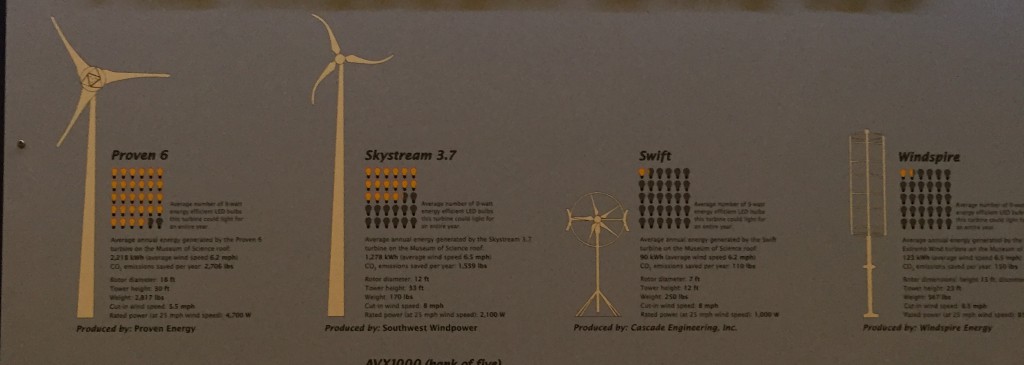
 On the left, you will see a picture I took of the first part I mentioned. The flaps over the wooden boxes show an example of a type of waste. When you lift the flap, inside is an example of a product that can be made through this type of waste As you can see on the right, a person is lifting the flap and showing a type of garment that can be made out of recycled materials. The point of this part of the display was to show how different household waste we see every day could be changed into something new that we need at home.
On the left, you will see a picture I took of the first part I mentioned. The flaps over the wooden boxes show an example of a type of waste. When you lift the flap, inside is an example of a product that can be made through this type of waste As you can see on the right, a person is lifting the flap and showing a type of garment that can be made out of recycled materials. The point of this part of the display was to show how different household waste we see every day could be changed into something new that we need at home. In this display, there was a steering wheel (lower right). As I turned the steering wheel, it would generate electricity that
In this display, there was a steering wheel (lower right). As I turned the steering wheel, it would generate electricity that Finally, the Investigate exhibit encouraged us to consider some ideas from a scientific perspective. I was very interested in a particular exhibit that showed how a toilet flushed. I took a video of this, but I had trouble posting it, so I will post the picture here. Notice that in the toilet bowl, there are two white floating ping pong balls. When it is flushed, we can see the balls travel to the left through the pipes.
Finally, the Investigate exhibit encouraged us to consider some ideas from a scientific perspective. I was very interested in a particular exhibit that showed how a toilet flushed. I took a video of this, but I had trouble posting it, so I will post the picture here. Notice that in the toilet bowl, there are two white floating ping pong balls. When it is flushed, we can see the balls travel to the left through the pipes.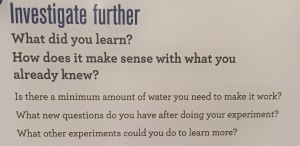 To answer some of these questions, I learned the process of how the mechanisms in a toilet work to push the water along, since it was transparent. It made sense now with the sound I would hear with the flush; I now can see what happens along with the sound. Also, I was able to see how narrow this was, and I totally understand why people are told not to put too much paper in the toilet! It is easy to plug.
To answer some of these questions, I learned the process of how the mechanisms in a toilet work to push the water along, since it was transparent. It made sense now with the sound I would hear with the flush; I now can see what happens along with the sound. Also, I was able to see how narrow this was, and I totally understand why people are told not to put too much paper in the toilet! It is easy to plug.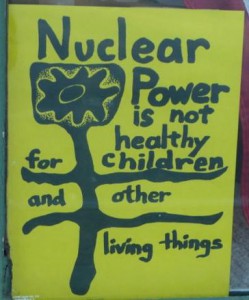 arguments the director was making. For example, a journalist was interviewed who said he used to be on the anti-nuclear side, but now he changed. He said the reason he changed was that he spent a lot of time with physicists and finally learned how nuclear energy really works. He was very passionate, but he was not convincing. He didn’t explain what it is he learned from these physicists that made him change his mind.
arguments the director was making. For example, a journalist was interviewed who said he used to be on the anti-nuclear side, but now he changed. He said the reason he changed was that he spent a lot of time with physicists and finally learned how nuclear energy really works. He was very passionate, but he was not convincing. He didn’t explain what it is he learned from these physicists that made him change his mind.
